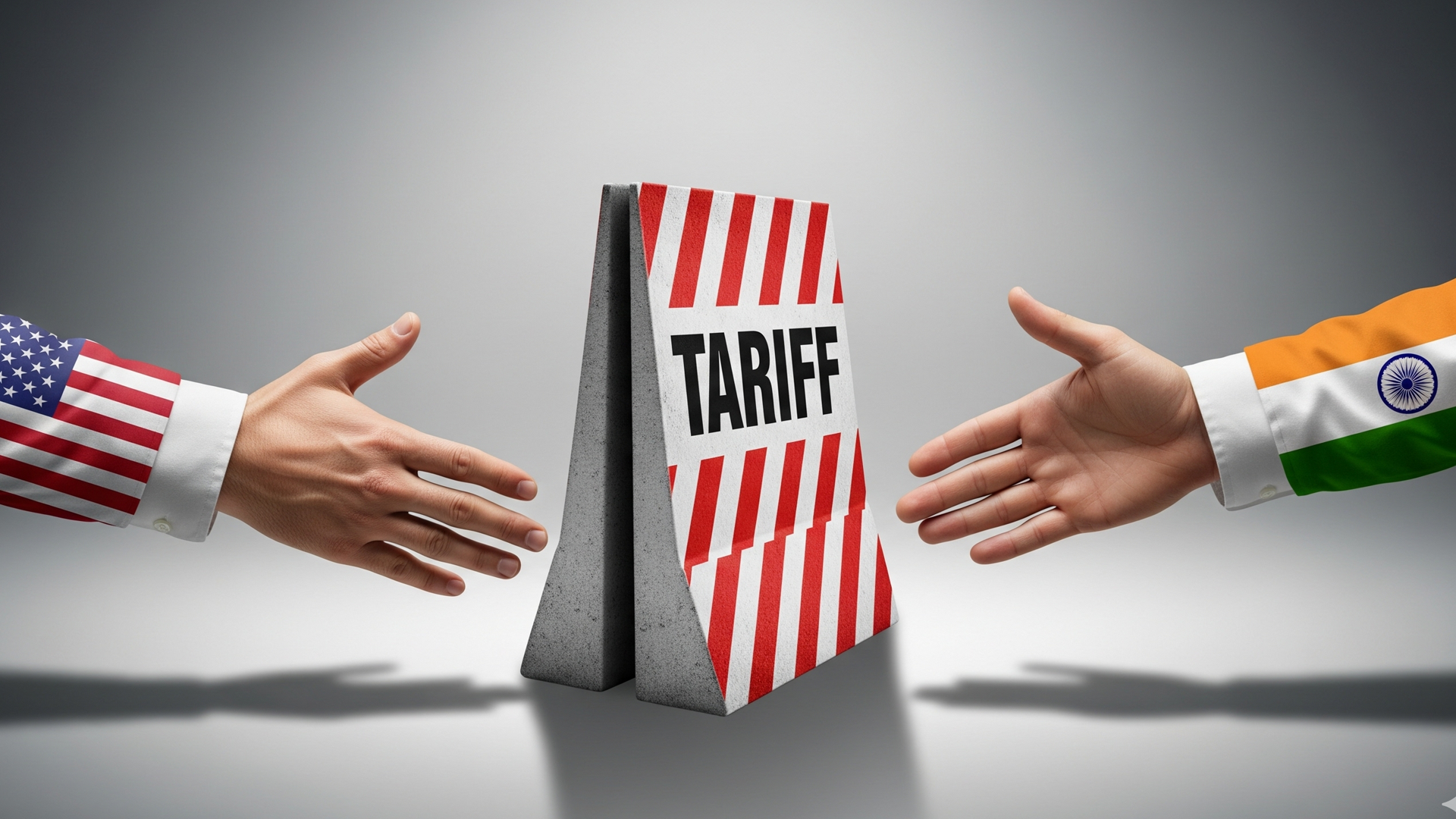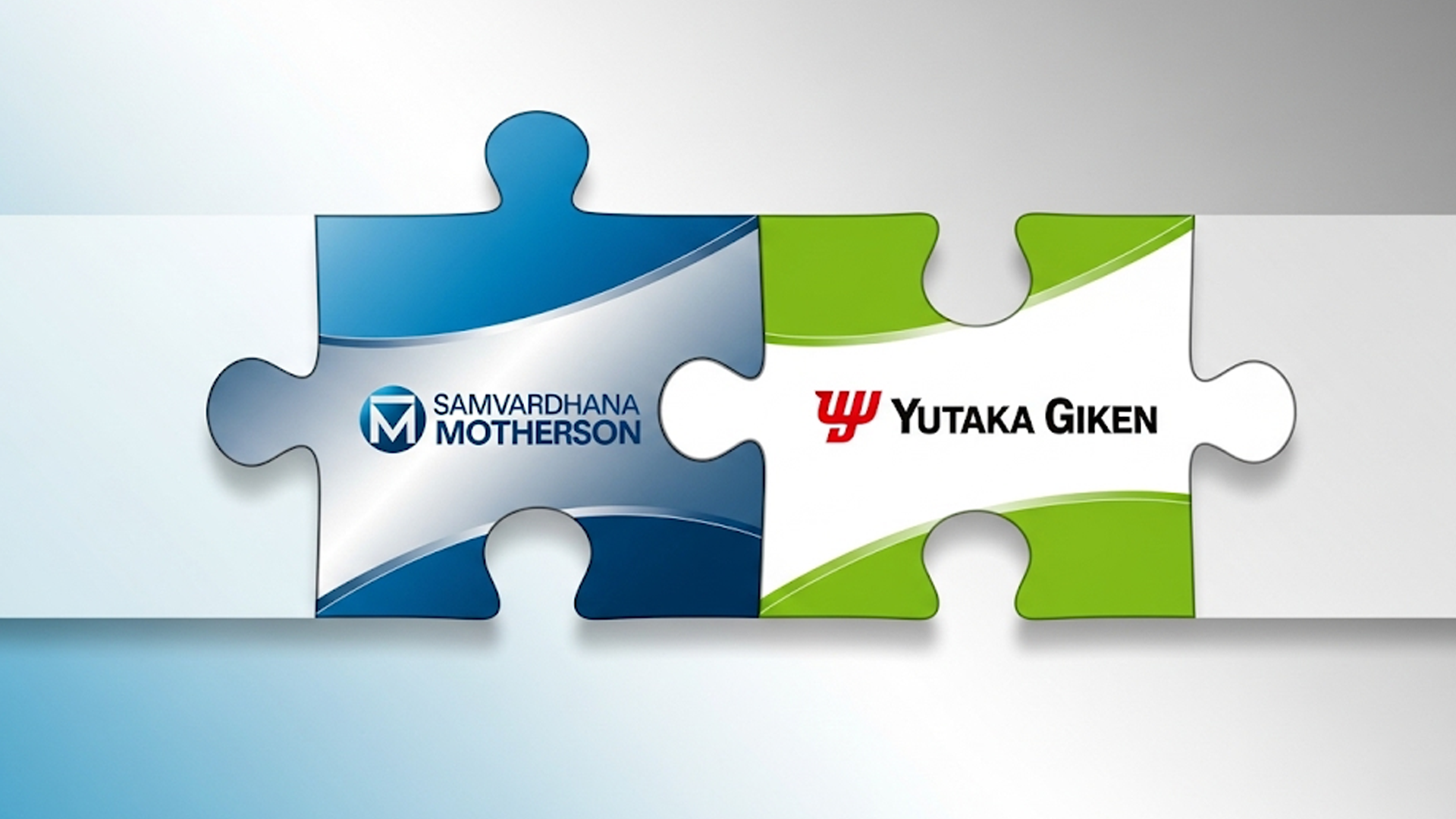The India Weekend was intended to be a dazzling showcase of Indian classical traditions, contemporary culture, music, art, cuisine, and fashion.
The much-anticipated Grand Indian Festival, presented by the Nita Mukesh Ambani Cultural Centre (NMACC) as part of India Weekend at Lincoln Center’s Damrosch Park, has been abruptly postponed just days before its scheduled run from September 12 to 14, 2025. While organizers have attributed the decision to “unforeseen circumstances,” cultural observers point to escalating U.S.–India trade tensions as a backdrop that may have influenced the move.
The India Weekend was intended to be a dazzling showcase of Indian classical traditions, contemporary culture, music, art, cuisine, and fashion, making it one of the most ambitious cross-cultural celebrations New York had seen this year. The festival’s cancellation underscores how diplomatic rifts and economic disputes are increasingly spilling over into cultural spaces.
In a statement, organizers said, “It is with deep regret that we share that the NMACC India Weekend in New York, scheduled to open on September 12, 2025, has been postponed due to unforeseen circumstances.” Nita Ambani, Founder and Chairperson of NMACC, assured that this was “not a cancellation, only a pause,” promising that the event would return “with renewed joy, pride, and purpose.”
Cultural Celebration Meets Geopolitical Headwinds
The postponement comes amid heightened tensions between Washington and New Delhi, with the U.S. imposing tariffs as high as 50% on Indian goods in response to India’s continued purchase of discounted Russian oil. The trade rift has led to strained diplomatic ties, with both nations stepping back from negotiations. Former Finance Secretary Subhash Garg dismissed U.S. President Donald Trump’s accusations that India is “profiteering” from Russian crude, calling the claims “political theatre.”
“No one can trade at those tariff levels,” Garg told NDTV. “But India should never formally close the door—one must always hope sanity prevails.”
According to a senior Commerce Ministry official cited by The Indian Express, India has insisted it will not return to the negotiating table until Washington rolls back the additional tariffs. Against this backdrop, large-scale cultural projects involving cross-border sponsorships, visas, and logistics have become riskier.
A World-Class Lineup
The India Weekend was expected to bring together some of India’s most prominent performers and personalities, including Shankar Mahadevan, AP Dhillon, and dance maestro Shiamak Davar, alongside cricket legends Sachin Tendulkar and Rohit Sharma. The event was also set to feature yoga sessions by Eddie Stern, devotional chants by Pratish Mhaske, and sitar recitals by Rishab Rikhiram Sharma. Food icon Vikas Khanna and motivational speaker Gaur Gopal Das were scheduled to deliver culinary and spiritual experiences, while the U.S. premiere of The Great Indian Musical: Civilization to Nation, directed by Feroz Abbas Khan, was to be the centerpiece of the festival.
Months in the making, the India Weekend had been designed to showcase India’s cultural richness on an international stage, celebrating both ancient traditions and modern artistry. The event promised immersive experiences, from curated art exhibitions to Indian haute couture, making it a major attraction for global audiences, celebrities, and cultural leaders.
Disappointment and Refunds
For many, the news has been a significant disappointment. Dr. Navin Shah, a Maryland-based urologist who had planned to attend with his family, expressed his dismay. “My family and I were excited and were supposed to attend shows on all three days. It would have been a unique opportunity to enjoy and witness India’s rich culture and heritage,” he said.
NMACC has announced full refunds for all ticket holders and pledged to announce new dates once the event is rescheduled.









